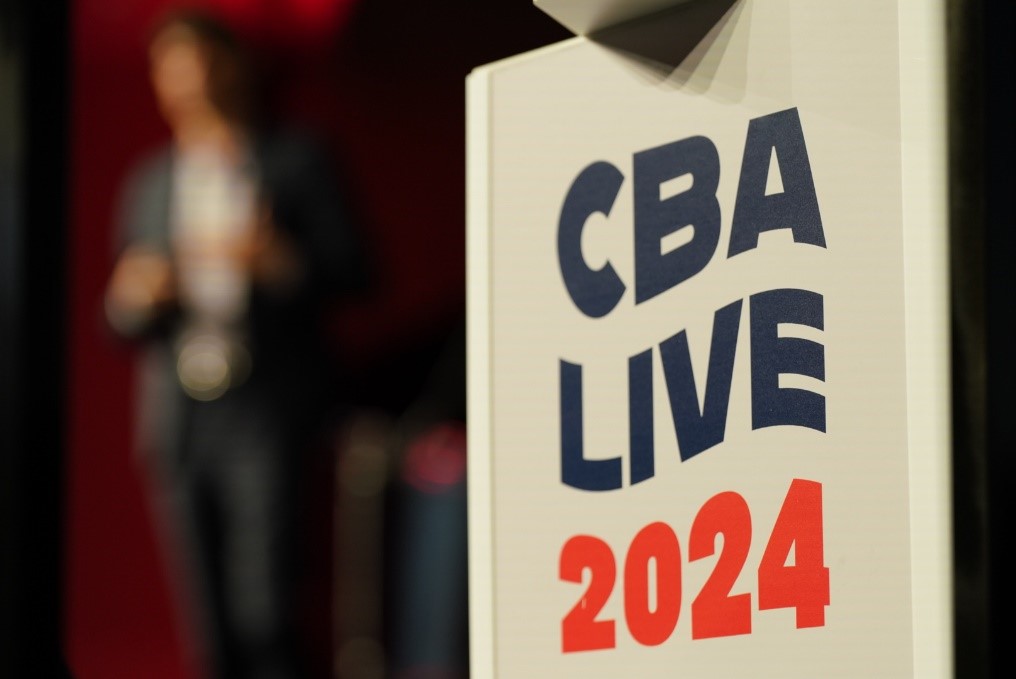press release
CBA & BPI Release New Fact Sheet Outlining How Proposed Debit Interchange Rule Would Harm Consumers
Weston Loyd

In a new fact sheet released today, the Consumer Bankers Association (CBA) and Bank Policy Institute (BPI) detailed how the Fed’s proposed debit interchange rule – also known as Regulation II – would harm consumers while benefiting merchants and retailers if enacted.
Under the proposal, all issuers would still be subject to dual-routing requirements. The Fee Cap would apply to issuers of $10 billion in assets or more. Three-party issuers would not be subject to the Fee Cap.
What Happened
On October 25, 2023, the Federal Reserve Board (the “Fed”) issued a proposed rulemaking that would lower the maximum amount of interchange revenue that most debit card issuers can earn (the “Fee Cap”). This would be the first adjustment of the Fee Cap since it was introduced by a 2011 Fed rulemaking. The “Durbin Amendment” to the Dodd Frank Act requires the Fed to ensure that debit interchange fees are “reasonable and proportional” to debit issuer costs relating to debit transactions.By The Numbers
| In 2011-2012, the Fed issued Regulation II, setting a Fee Cap that is the sum of: | The Fed now proposes to lower the Fee Cap to: |
|
|
What They’re Saying
Policymakers immediately raised questions about the impacts on low-income consumers and small banks and the Fed’s conflicts of interest.
Fed Governor Michelle Bowman, in her dissent on the new rule, expressed concern that the cumulative effect of current regulatory proposals could impact access to banking services for low-income consumers and pose “ongoing risks to the health of certain financial institutions and the overall U.S. banking system.”- For example, banks have relied on interchange revenue to enhance consumer access to much needed products and services – such as reducing overdraft fees and expanding access to free checking. If the Fed reduces issuer interchange revenue by one-third, banks would face material obstacles in their efforts to offset the regulatory, anti-fraud, and operating costs involved with extending banking services to low-balance consumers.
- She also highlighted that nearly one-third of bank issuers would not be able to even recover their costs, much less grow business, under the Fed’s supposedly “reasonable and proportional” Fee Cap.
Independent agencies and reputable academics agree: the Durbin Amendment hurt low-income consumers.
After reviewing relevant research and extensive interviews with market participants, the Government Accountability Office (“GAO”) concluded “debit card interchange fee regulations increased the cost of checking accounts.”- As the GAO noted, Federal Reserve economists reviewed the impact of the Durbin Amendment and found that it resulted in banks “decreasing the availability of free accounts, raising monthly fees, and increasing minimum balance requirements.”
- The Fed researchers found that two-thirds of non-interest checking accounts offered by impacted banks would have otherwise been free. Further, the researchers found that even “Durbin-exempt” banks were impacted and also raised prices, reducing the availability of free checking accounts by over 15 percent. Separate Fed research has shown that, after the Durbin Amendment, smaller issuers’ interchange fees fell by nearly 31 percent in inflation-adjusted dollars from 2011 to 2021.
- Retailers have claimed they pass savings from interchange reductions back to consumers in the form of lower prices. But the primary study they cite contains no actual data from debit transactions about pass-through effects. Instead, the author assumed a savings-pass-through-rate from transactions that occurred before the passage of the Durbin Amendment and involved only a limited set of retailers and promotions.
Why It Matters: Interchange grows value for merchants, consumers, and banks alike.
As the Fed itself has explained and the Supreme Court has validated, payment cards are “two-sided markets.” This means that the value of payment cards are only realized if two different groups of users agree to use the product: merchants and consumers, via their issuers.- Establishing and maintaining payment card networks, however, requires up-front investments by the issuer. In contrast, most of the economic surplus goes to merchants, after networks are operational (e.g., increased sales; lowered costs, including costs and losses from handling cash).


